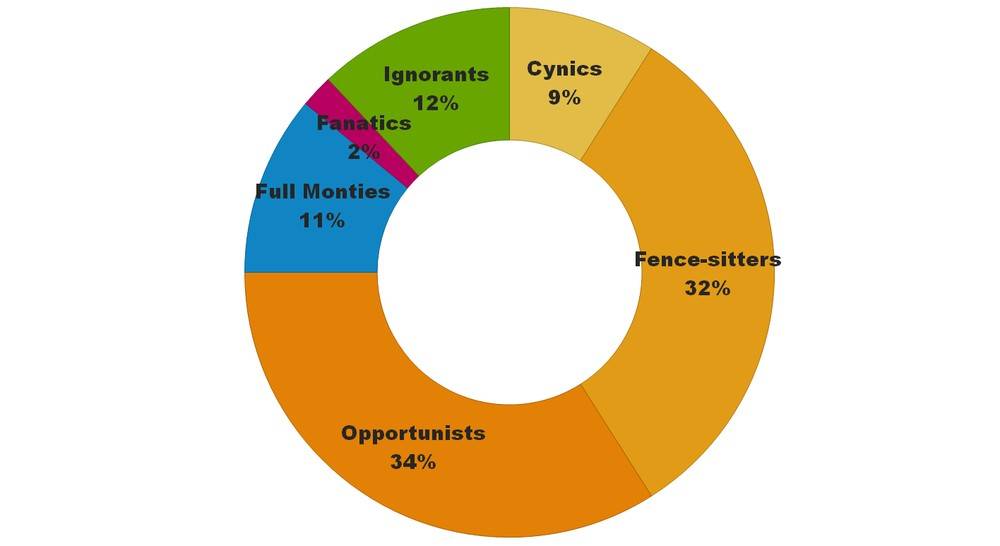Thank you for visiting the Finch & Beak website. Finch & Beak is now part of SLR Consulting, a global organization that supports its clients on setting sustainability strategies and seeing them through to implementation.
This is an exciting time for us, as our team now includes an array of new colleagues who offer advisory and technical skills that are complementary to our own including Climate Resilience & Net Zero, Natural Capital & Biodiversity, Social & Community Impact, and Responsible Sourcing.
We would like to take this opportunity to invite you to check out the SLR website, so you can see the full potential of what we are now able to offer.
Country-specific legislation and priorities are causing dis-synchronicity in the implementation of SDGs. To investigate the level of readiness of the various rich countries around the world, the Bertelsmann Stiftung conducted a first-of-its-kind research. The result, “The world’s first SDG Index” is a set of country profiles based upon a comprehensive framework for SDG monitoring as well as on a country performance assessment framework involving over 140 indicators for measuring sustainable governance. The top 30 country ranking illustrates the head start that Scandinavian countries are having with Sweden, Norway and Denmark taking the first three places.
For a number of goals, high-income countries differ greatly in their performance on the SDGs. This is particularly true with respect to goals 12 (sustainable consumption and production) and 13 (tackling climate change). While in countries such as Estonia and Slovakia, citizens generate below 310 kg of waste per capita every year, in Denmark, the US and Switzerland this number is more than twice as high. Likewise, the share of renewable energy (goal 7) is around or above 50% in the top three countries Iceland, Norway and Sweden, while in 17 OECD countries it is below 11% – including in the Netherlands (3.56%) and the UK (3.16%).
For multinationals, these obvious country specific differences add complexity to the mix. When mapping their materiality driven sustainability strategy with the 2030 SDGs, it therefore makes sense to consider three design criteria for simplification.
Obviously incorporation in the existing processes of the SDGs with its 17 goals and 169 indicators represent a sizable challenge for companies. Not all businesses are equally up to the task. Recent global research revealed that less than half of all companies are looking to implement the SDGs in a mature way. The remainder are Ignorants (12%), Cynics (9%) and Fence-sitters (34%).

| Ignorants | Don’t know |
| Cynics | We have no intention to assess our impact on the SDGs |
| Fence-sitters | We plan to assess our impact on the SDGs but have not thought through how |
| Opportunists | We plan to assess our impact on some of the SDGs and indicators relevant to our business |
| Full Monties | We plan to assess our impact on all the SDGs and indicators relevant to our business |
| Fanatics | We plan to assess our impact on all 17 SDGs and indicators |
Figure 1. How businesses are planning to assess their impact on the SDGs. Source: PWC, Make it your business: Engaging with the Sustainable Development Goals (2015)
With little experience around, local associations such as De Groene Zaak in the Netherlands and The Shift in Belgium are playing an important role; working hard to engage their members on the SDGs and at the same time collecting and sharing best practices. To assist companies with their SDG challenges, Finch & Beak has developed a mapping process that can be conducted within 5 weeks and that comprises of the following steps.
Is your company looking to map the SDGs with your sustainability program? A 5-week readiness assessment gives you pragmatic insights within a short turnaround span. Please contact us at hello@finchandbeak.com for more information.
Finch & Beak
hello@finchandbeak.com
+34 627 788 170